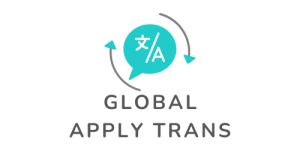The language translation industry is evolving rapidly. In this blog post, we delve into how technological advancements are transforming the translation landscape and what this means for both businesses and language professionals.
As innovations like machine translation, artificial intelligence, and automation continue to reshape the industry, the way language services are delivered is being fundamentally altered. This article explores the future of translation and the technological forces driving its evolution.
Human vs. Machine: Discover the ongoing debate between human translators and machine translation systems. We’ll weigh the strengths and weaknesses of both to understand their respective roles in modern translation work.
The Future of Translation: Gain insights into how emerging technologies such as neural machine translation and AI assistants are expected to influence and redefine the future of translation.
Technology’s Impact on Businesses:
-
Cost Reduction: Technology-driven translation tools help businesses cut down on expenses, making high-quality translations more accessible, even for small companies.
-
Greater Efficiency: Automation and AI-powered platforms enable faster turnaround times, helping businesses meet tight schedules and act quickly on new opportunities.
-
Improved Accuracy: Advanced translation technologies offer increased precision, reducing the risk of misunderstandings and translation errors.
Adapting to a Tech-Driven Language Industry: Explore how language professionals can navigate the changing landscape and how these innovations offer powerful advantages for businesses aiming to go global.
The Role of Human Expertise: Despite technological leaps, human translators remain indispensable. Learn how the combination of human insight and technological tools produces the most effective and culturally sensitive translations.
Looking Ahead: The future of translation holds exciting possibilities. As technology continues to intertwine with the industry, success will depend on maintaining the right balance between automation and human expertise to deliver accurate, nuanced, and impactful translations.

